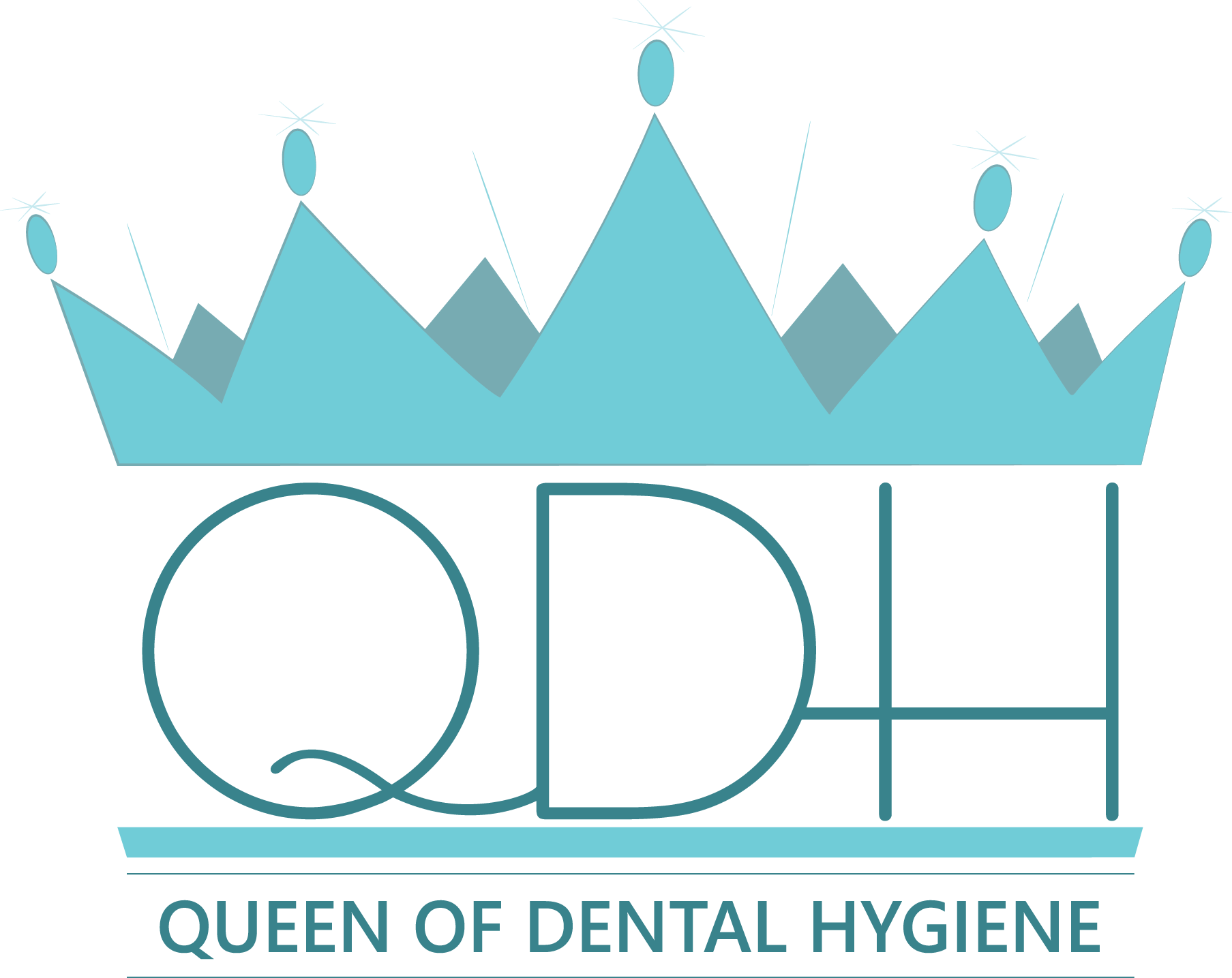Parents always ask me, “Does my child have any cavities?”
What I also want parents to wonder and ask; “Does my child have gum disease?”
People – parents – don’t know what they don’t know! Too often, we dismiss a “little bleeding” or calculus buildup in children (never mind adults) as poor oral hygiene and admonish them to brush and floss. Yet, without addressing the root causes, this inflammation does not resolve.
Evolve your practice: look deeper into bleeding gums in children and spend more time with our little people to help them heal, educate the entire family, and find better tools to help all patients stay healthy.
Gum disease does not cause the pain of an untreated cavity, but the long-range ramifications of having infections in the gums reaches and hurts every corner of the body. As a biological dental hygienist, my mantra is test, teach, treat, repeat. To test my patients, I use salivary diagnostics as well as phase contrast microscopy to look more deeply at each patient’s oral microbiome. More often than not, I see spirochetes on the microscope screen (see Video 1). Oral spirochetes in adults cause many problems – they translocate to other parts of the body and cause other chronic health issues such as heart attacks, strokes, and arthritis. Spirochetes from Lyme disease have a profound effect on childrens’ health. Oral pathogens have also been found in the brains of dementia patients, and sadly dementia is set to triple by the year 2050. With the brain a short four inches from the oral cavity, inflammation so close to the brain should not be ignored. Just recently in the news, we saw a former NFL football player die at age 36 due to bacterial sepsis from poor oral health. We cannot treat what we cannot see, so we must improve our treatment protocols (see Video 2).
It is up to the dental professions, both dentists and dental hygienists, to be on the lookout and screen every patient, young and old, for these pathogens before they cause permanent destruction to both the oral cavity as well as the entire body.
We are the medical experts of everything above the neck. And, just as the medical doctor does lab work on every patient, young and old, we too need to become comfortable recommending testing for all our patients. Enter the visit with a factual set-point. We have gotten too complacent – saying brush better and see you in six months – because insurance covers that. We are not doing our patients a service by “saving them money” in the short term. We are setting them up for chronic disease or even early death in the long run, which we all know is more expensive.
Children get gum disease too. They do not have the dexterity, skill, and knowledge to brush and floss correctly, and they deserve the same attention to oral hygiene instructions as parents and caregivers. We should be recommending electric brushes for children, better tasting (less minty) nanohydroxyapatite toothpastes that are safe to swallow, and electric flossing aids, as well as gum therapy and biofilm testing.
Not every office has a phase contrast microscope, but every office can perform salivary diagnostics. Test every patient. The bacteria, viruses, fungi, and parasites can be there long before you see signs of tissue inflammation and destruction.
Gingivitis pathogens are just as damaging to the body as periodontal pathogens and as we know, every six-millimeter pocket starts out as a one- or two-millimeter pocket. Gingivitis is the gatekeeper to periodontitis. By having this infection in the gums, it activates the genes connected to periodontitis. Gingivitis is not benign – it sets the stage for further tissue breakdown and elevates the patient’s risk for vascular disease.
Children with bleeding, swollen, puffy, and infected gums deserve the same attention and therapy as adults with the same signs and symptoms. Assigning children to a dental assistant to polish teeth and allotting only 30 minutes for this “prophy” is a disservice to our youngest clientele. Children need a full 60-minute appointment to do a proper biofilm removal, disclose and teach them how to brush, and clean in-between teeth to remove the plaque properly, and then, educate the entire family on the importance of nasal breathing, nutrition, and oral hygiene on a daily basis (see Figure 1). These pathogens repopulate within 24 hours. By not addressing the dysbiotic biofilm we are perpetuating this infection.
Test, teach, treat, and repeat until the child’s mouth is healthy and free of disease. Test for dysbiotic biofilm. Teach oral hygiene, nasal breathing, and proper tongue rest posture. Treat by utilizing guided biofilm therapy. Then, retest to ensure our therapies are successful.
Let’s conquer dental diseases from the very beginning and our littlest patients will have oral and systemic health for a lifetime.
Video 1:
Video 2:
References:
1 D. Scott Trettenero, DDS. “Bacteria from Oral Infections and CVD: Understanding the Scientific Connection and Its Impact on Clinical Practice.” Dentistry IQ, 10 Nov. 2022, www.dentistryiq.com/dentistry/oral-systemic-health/article/16367968/bacteria-from-oral-infections-and-cardiovascular-disease-understanding-the-scientific-connection-and-its-impact-on-clinical-dental-practice. Accessed 27 Dec. 2023.
2 “Gum Disease and Arthritis: Arthritis Foundation.” Gum Disease and Arthritis | Arthritis Foundation, www.arthritis.org/health-wellness/about-arthritis/understanding-arthritis/mouth-bacteria. Accessed 27 Dec. 2023.
3 Meissner, H. Cody, and Allen C. Steere. “Management of Pediatric Lyme Disease: Updates From 2020 Lyme Guidelines.” American Academy of Pediatrics, 9 Feb. 2022, publications.aap.org/pediatrics/article/149/3/e2021054980/184752/Management-of-Pediatric-Lyme-Disease-Updates-From?autologincheck=redirected. Accessed 28 Dec. 2023.
4 “Large Study Links Gum Disease with Dementia.” National Institute on Aging, U.S. Department of Health and Human Services, www.nia.nih.gov/news/large-study-links-gum-disease-dementia. Accessed 27 Dec. 2023.
5 MSN, www.msn.com/en-us/sports/other/nfl-player-mike-williams-died-as-a-result-of-sepsis-through-dental-decay/ar-AA1lUI10. Accessed 27 Dec. 2023.
6 Ashimoto, A., et al. Oral Microbiology and Immunology, vol. 11, no. 4, Aug. 1996, pp. 266–273, doi:10.1111/j.1399-302x.1996.tb00180.x.
7 “Gingivitis Should Be the End of the Line.” Dental Economics, 15 Dec. 2015, www.dentaleconomics.com/science-tech/article/16391538/gingivitis-should-be-the-end-of-the-line. Accessed 27 Dec. 2023.
- Children Get Gum Disease Too - February 9, 2024
- Become a Healer - January 19, 2024
- Dental Hygiene: Looking Beyond - November 4, 2022



